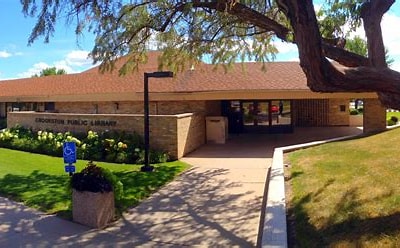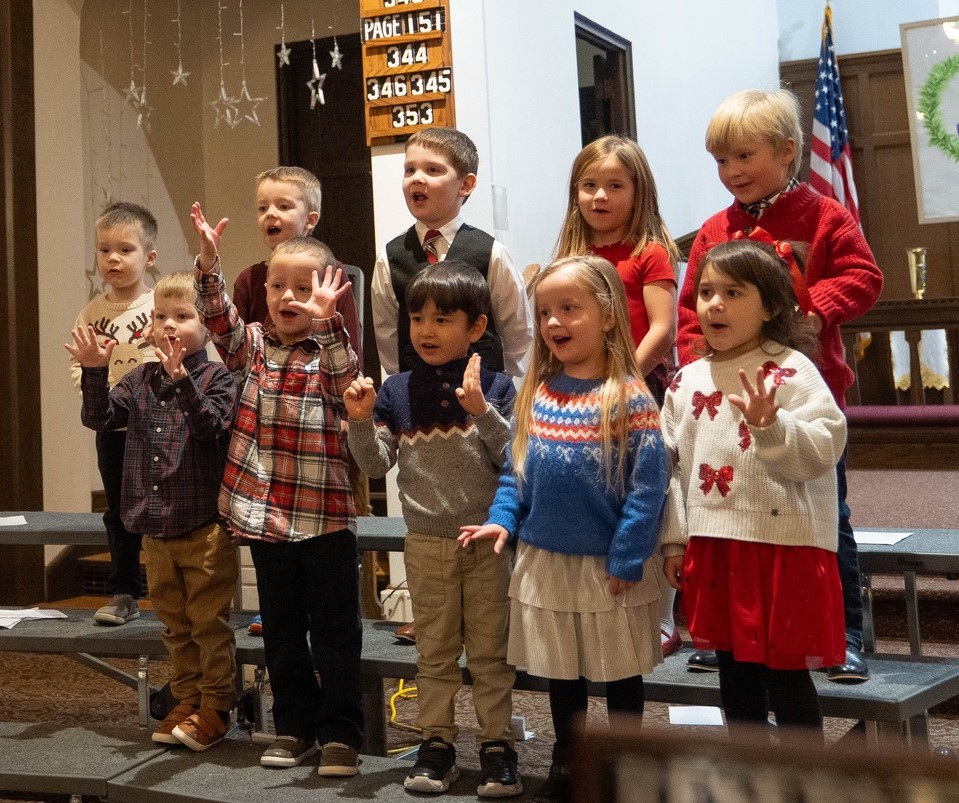The National Weather Service has issued an updated flood forecast showing a significant increase in the threat of snowmelt flooding across the main stem Red River and the sub-basins including the Red Lake River. “The bottom line up front is we do have a risk for significant flooding that has increased substantially since January,” said Gregory Gust with the National Weather Service in Grand Forks. “Generally moderate and low-end of major flooding is expected. Soil moisture is normal to above normal in the area, and frost is quite deep at 39” or deeper in Grand Forks and Fargo areas. Snowpack and water content above average across most of the area. We are at the mercy of March. When we were looking at this in January, we didn’t expect March to colder and snowier. We didn’t expect to see heavy above normal snowpack in February, but we certainly have gotten that. Now the updated climate predictions stay staying cooler through March that could push the thaw later which puts us at risk for rapid thaw or rain enhanced runoff.”
Gust also explained the much of the area is now expected to see significant overland flooding like was seen in the northwestern portion of Polk County in 2018 and that ice jamming is expected along the Red Lake River. “Precipitation started out above normal in October, we tried to settle it down a bit, but overall we’re carrying about 1.46” above normal in Grand Forks and 1.25” above normal in Fargo,” said Gust. “All of those will be going up again in the next few days. There will be ice jamming along with the tributaries, especially those that favor that whether it’s the Pembina River or over at the Red Lake River coming into Crookston.”
The Red Lake River has a 50 percent chance of reaching a flood stage of 21.7 feet which would be a moderate stage. Crookston Emergency Manager and Fire Chief Tim Froeber discussed the flood outlook. “Our rates have gone up quite a bit, with a 50 percent chance of reaching 21.7 feet not taking into account the ice jams,” said Froeber. “At that 21.7 Central Park will for sure be filled up with what. They have a 75 percent chance that we’ll reach 19.9 feet which is still probably pretty significant. I’d say with the past history of ice dams we would still flood central park.”
Froeber says the City doesn’t need to worry too much thanks to the levee system. “We don’t have a whole lot to worry about at this time,” said Froeber. “Our levy system is protected up to the 31-foot mark, so we have quite a bit to go before we have to do anything major. To put that in prospective Public Works will begin shutting gates at 16 feet and going to 24-hour shifts and setting up pumps. At 20 feet the main EOC at City Hall is activated, and ward command posts start getting together to check the levee’s and make sure there are no issues. If we start getting up around 29 feet, we will start talking evacuations, but I don’t see us getting there unless we get significantly more snowfall in March or its teamed up with lots of rain.”
On the historical side with a 50 percent chance for 21.7 feet, that would rank as the 22nd highest crest in Crookston. There is a 25 percent chance for the river to crest at 24.2 feet and 5 percent chance it crests at 29.7 feet. The 24.2-foot mark would rank as the 12th highest crest. The 1997 flood was the highest crest in Crookston on record, which dates back to 1897, at 28.4 feet.
[embeddoc url=”https://kroxam.com/wp-content/uploads/2019/02/RRN_and-DVL_FebruaryDiscussion_ver1_21Feb2019.pdf” download=”all”]
Tags:



